Optimal Timing for Storm Restorations
Storm restorations are most effective when performed promptly after storm events to minimize property damage and prevent further deterioration. The optimal timing depends on weather patterns, seasonal conditions, and local climate factors. Typically, the late summer and early fall months, when storms are more frequent, are considered ideal for assessments and repairs. Addressing damages swiftly can help preserve structural integrity and reduce repair costs.
Late summer and early fall often see increased storm activity, making this a prime time for storm restorations.
Performing restorations during dry periods minimizes delays caused by rain and high humidity.
Early intervention after storms helps prevent secondary issues like mold, rot, and further structural damage.
Understanding local storm seasons can guide scheduling for timely restorations.
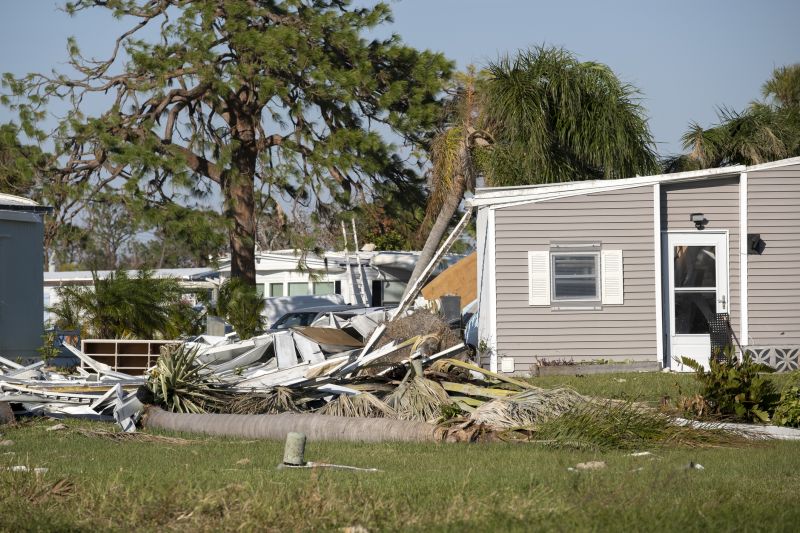
Initial evaluation of storm-related damages.
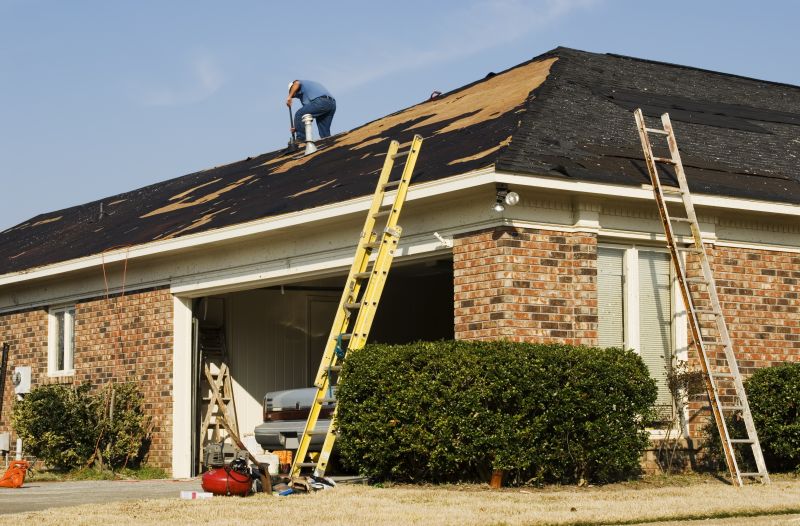
Restoration work on roofing systems after storm damage.

Restoring siding and exterior features post-storm.
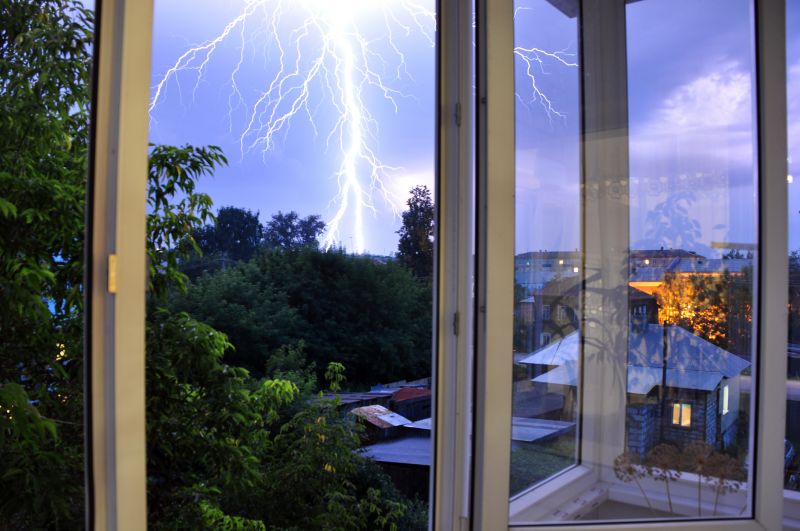
Ways to make Storm Restorations work in tight or awkward layouts.

Popular materials for Storm Restorations and why they hold up over time.
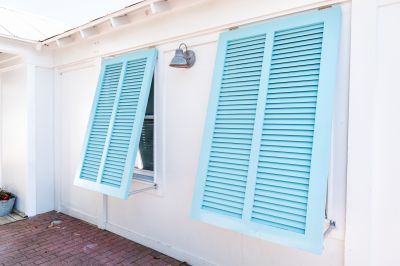
Simple add-ons that improve Storm Restorations without blowing the budget.
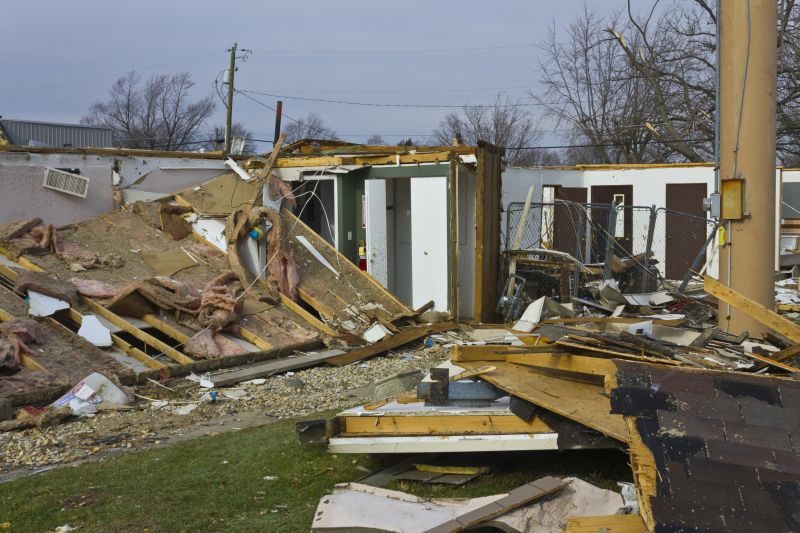
Removing debris and preparing for repairs.
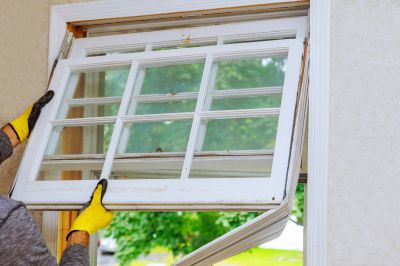
Securing openings against future storms.

Enhancing building resilience against storms.
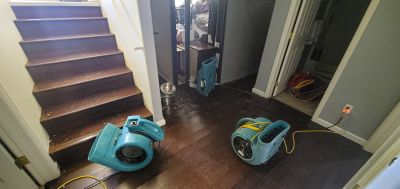
Addressing water intrusion and mold prevention.

High-end options that actually feel worth it for Storm Restorations.

Finishes and colors that play nicely with Storm Restorations.
| Storm Season | Optimal Restoration Period |
|---|---|
| Summer | Late summer to early fall |
| Fall | September to November |
| Winter | Late winter with mild weather |
| Spring | Early spring before storm season peaks |
| Off-season | During dry, stable weather periods |
Timely storm restorations are essential for maintaining property value and safety. Delaying repairs can lead to increased costs, secondary damages, and potential safety hazards. Planning restoration efforts during favorable weather conditions ensures efficient completion and long-term resilience.
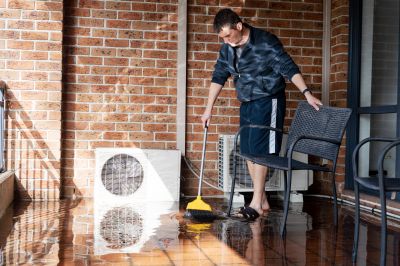
Rapid assessment and response after storms.

Team performing restoration work.
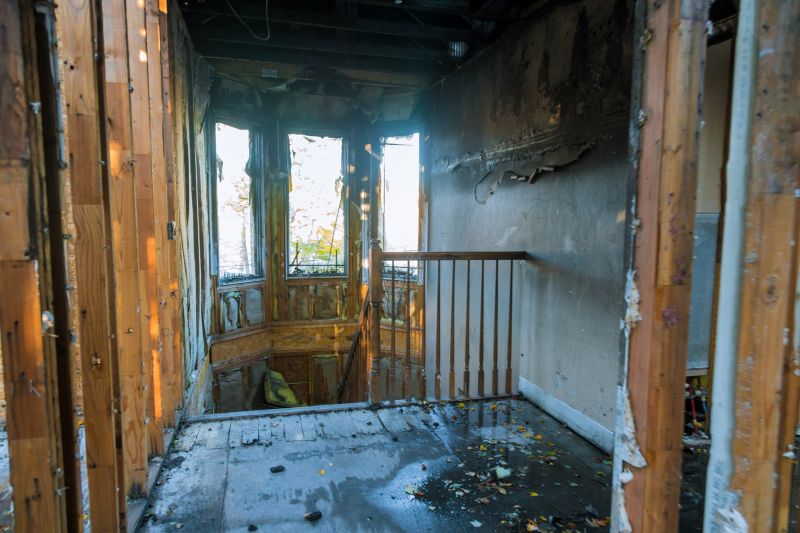
Property restored after storm damage.
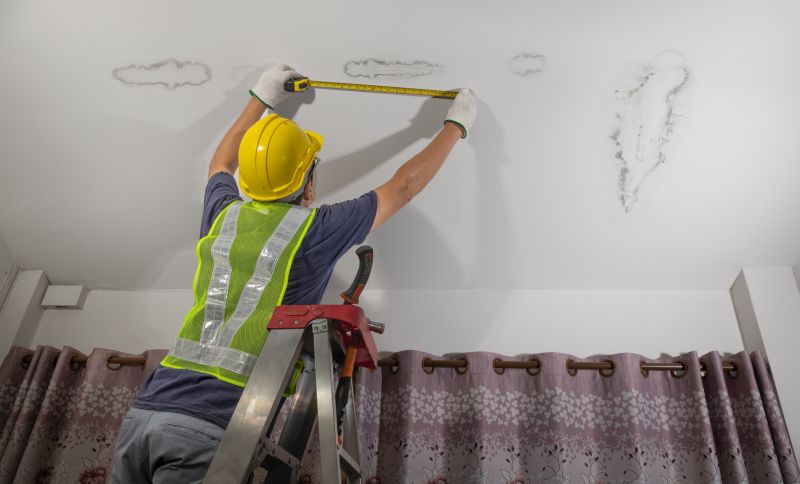
Little measurements that prevent headaches on Storm Restorations day.
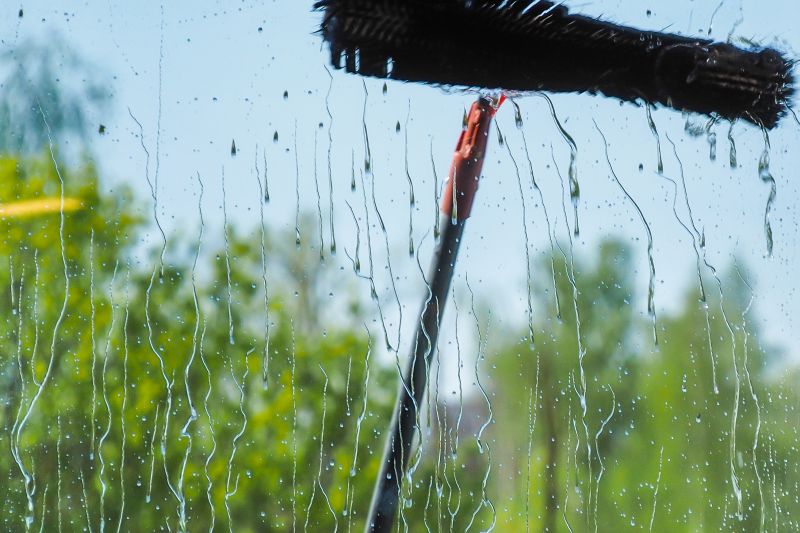
A 60-second routine that keeps Storm Restorations looking new.

A frequent mistake in Storm Restorations and how to dodge it.
Interested property owners are encouraged to contact for assessments and restoration planning. Prompt action can help minimize damage and restore property stability efficiently.

